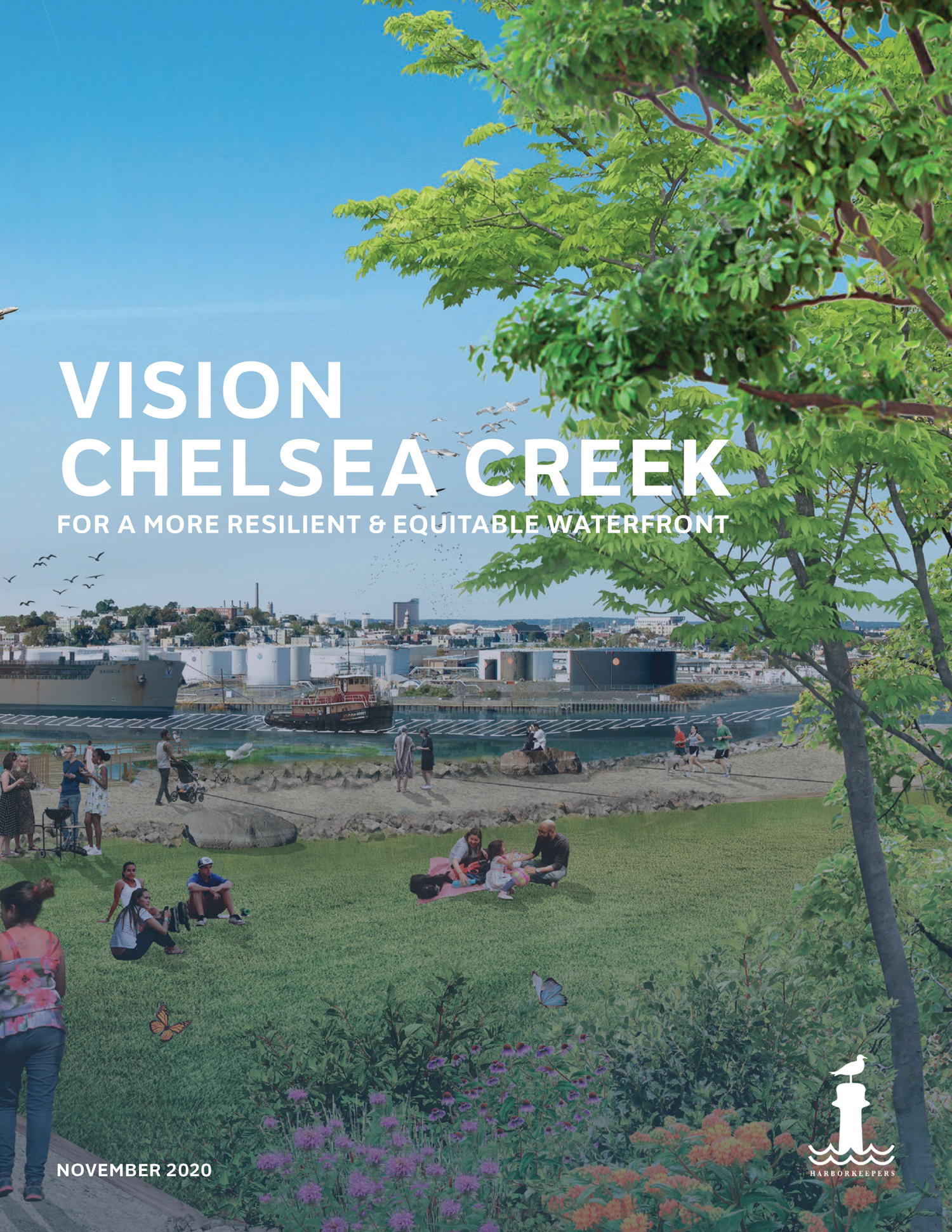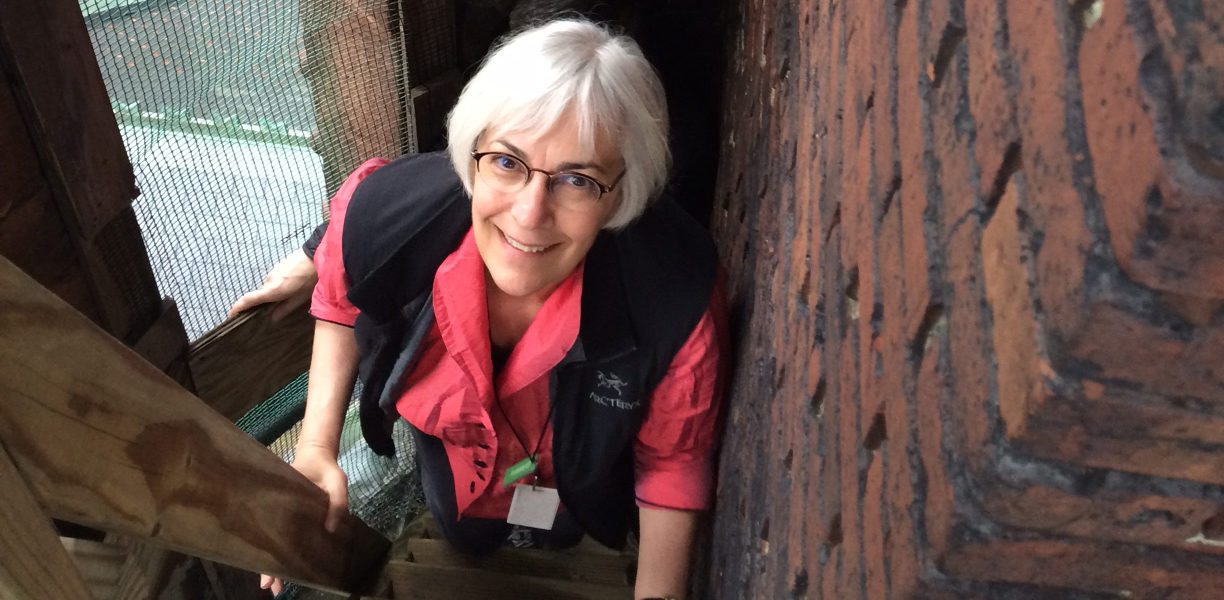Vision Chelsea Creek

The BSA has been proud to support Vision Chelsea Creek, a visioning, planning, and engagement process to reimagine an abandoned railway along the industrial shoreline of Lower Chelsea Creek in East Boston.
The project was initiated by The Harborkeepers, a local grassroots organization committed to coastal community resiliency and environmental stewardship, and was supported by SCAPE, Utile, and the Boston Society of Landscape Architects. Prioritizing open and transparent engagement and participation, the visioning process aimed to address the various needs, desires, and aspirations of multiple stakeholders.
The communities of East Boston and Chelsea have been historically underserved by waterfront and open space access, and deferred transportation projects that could increase safety and connectivity along Route 1A and across the creek. Hundreds of years ago, these neighborhoods consisted of islands, marshes, and wetlands and have since been filled. Now these neighborhoods, some of the lowest lying areas in the region, face extreme threats of climate change that could exacerbate many of the challenges the communities already face.
Chelsea Creek emerges at the confluence of the Mystic River and Boston Harbor. The creek, which lies between the communities of East Boston and Chelsea, runs parallel to Route 1A and is characterized by its industrial shoreline. At the edge of the shoreline lies an abandoned railway within an MBTA easement. This area, which offers incredible waterfront access and spectacular views, is a tremendous opportunity to provide more equitable and resilient waterfront access to all.
Through the six-month process, the project assessed opportunities for flood protection, ecological shoreline restoration and stabilization, equitable community access, pedestrian safety, historic preservation, and industrial re-use.
The Project Goals Included:
1. Create an inclusive and accessible waterfront for all;
2. Balance industrial and community needs along the waterfront;
3. Enhance Chelsea Creek’s ecology and promote environmental justice for all;
4. Foster social resilience and create a resilient waterfront that reduces risk from climate change.
Vision Chelsea Creek exemplifies the value of community-driven and community-supported design process that balance the principles inclusivity, equity, access, and ecological and social resilience.
Learn more about the project and next steps in the pamphlet below or at www.harborkeepers.org.


